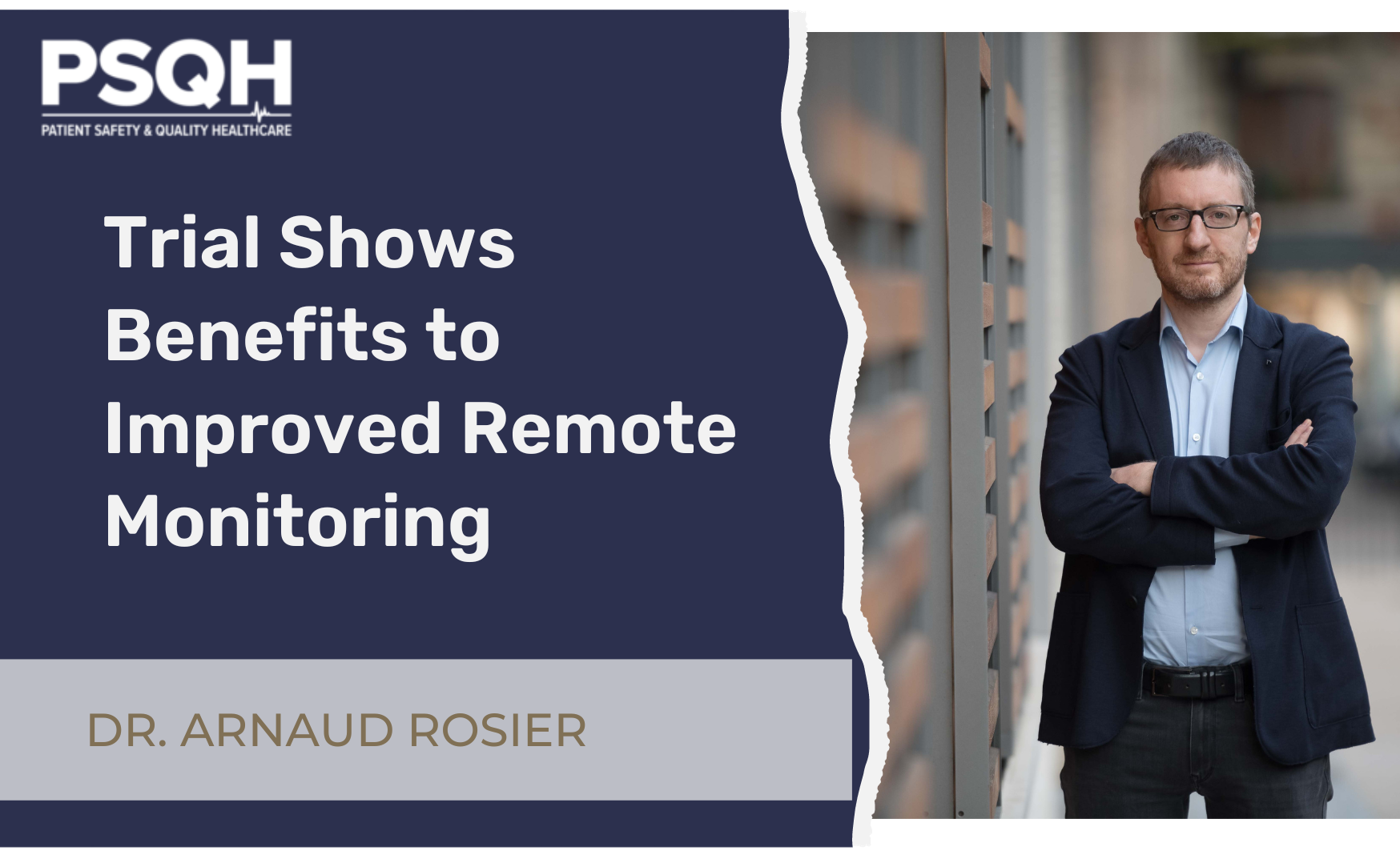A new clinical trial on remote monitoring found that while all patients involved saw improved survival rates, the type of remote monitoring had a significant impact.
Implicity, a developer of alert-based remote monitoring solutions, in collaboration with the Health Data Hub, looked at a database of over 68,000 patients linking real-world data from patients with cardiac-implantable electronic devices (CIED) to remote monitoring methods and compared mortality rates, annual hospitalizations, and the cumulative duration of hospital stays.
The results demonstrated that alert-based monitoring using Implicity’s platform was associated with greater performance compared to historical manufacturer solutions.
“We always say remote monitoring is better, but the reality is when it comes to science and evidence, there are not that many examples of proven clinical evidence of better outcomes with remote monitoring,” says Arnaud Rosier, CEO of Implicity.
Remote monitoring of cardiac implants (such as connected pacemakers) is a niche area, Rosier says, and thus, there are few studies looking at how remote monitoring for cardiac care impacts mortality, rehospitalization, and cost reduction.
“As a physician, I and my colleagues know the value of remote monitoring. If you’re using a pacemaker and not being remotely monitored, your care is probably not being handled well by your physician,” says Rosier.
The study was in part intended to bridge the gap in proving the value of this type of monitoring. It wanted to examine not just the monitoring itself, but how the software used for that monitoring played into patient outcomes.
One of the reasons to look at remote monitoring for cardiac care now is the opportunity to decrease the burden. “Fifteen years ago, it was a burden—we knew it was beneficial, but it was such a pain to manage all the information coming through. The industry wasn’t organized to triage all the data coming in,” says Rosier. “It’s not what we were trained to do as physicians.”
Read the full article here.

